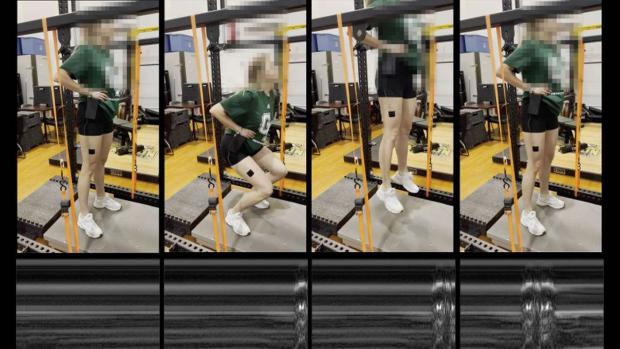
Breaking News
 NonConformist Series: Practical Wealth - Join us virtually Dec 29-30, 2025
NonConformist Series: Practical Wealth - Join us virtually Dec 29-30, 2025
 New bill would allow private citizens to fight cartels: 'WE ARE UNDER ATTACK'
New bill would allow private citizens to fight cartels: 'WE ARE UNDER ATTACK'
 Carnivore Got Me 90% There. This One Drink Changed Everything
Carnivore Got Me 90% There. This One Drink Changed Everything
Top Tech News
 Perfect Aircrete, Kitchen Ingredients.
Perfect Aircrete, Kitchen Ingredients.
 Futuristic pixel-raising display lets you feel what's onscreen
Futuristic pixel-raising display lets you feel what's onscreen
 Cutting-Edge Facility Generates Pure Water and Hydrogen Fuel from Seawater for Mere Pennies
Cutting-Edge Facility Generates Pure Water and Hydrogen Fuel from Seawater for Mere Pennies
 This tiny dev board is packed with features for ambitious makers
This tiny dev board is packed with features for ambitious makers
 Scientists Discover Gel to Regrow Tooth Enamel
Scientists Discover Gel to Regrow Tooth Enamel
 Vitamin C and Dandelion Root Killing Cancer Cells -- as Former CDC Director Calls for COVID-19...
Vitamin C and Dandelion Root Killing Cancer Cells -- as Former CDC Director Calls for COVID-19...
 Galactic Brain: US firm plans space-based data centers, power grid to challenge China
Galactic Brain: US firm plans space-based data centers, power grid to challenge China
 A microbial cleanup for glyphosate just earned a patent. Here's why that matters
A microbial cleanup for glyphosate just earned a patent. Here's why that matters
 Japan Breaks Internet Speed Record with 5 Million Times Faster Data Transfer
Japan Breaks Internet Speed Record with 5 Million Times Faster Data Transfer
Groundbreaking Wearable Device Takes Ultrasound Images of Muscles During Exercise...

A George Mason University bioengineer has developed a wearable ultrasound system that can detect immediately if that twinge or tweak in your back or shoulder that you got in physical rehab is a muscular or skeletal injury or not.
It does so by using ultrasonic monitoring through a skin patch, and could provide real-time information on muscle tissues during a workout.
Millions of people suffer from musculoskeletal injuries every year, and the recovery process can often be long and difficult.
During the following slow rehabilitation, medical professionals routinely evaluate a patient's progress via a series of tasks and exercises. However, because of the dynamic nature of these exercises, obtaining a clear picture of real-time muscle function is extremely challenging.
Then there's the period after rehab—which is sometimes even more difficult—where the recovered doesn't feel any discomfort or pain but is still hesitant to trust the same movements that triggered their injury in the first place.
Parag Chitnis of George Mason University led a team that developed this new wearable ultrasound system that can produce clinically relevant information about muscle function during dynamic physical activity.
Many medical technologies can give doctors a window into the inner workings of a patient's body, but few can be used while that patient is moving. Parag's monitor can move with the patient and provide an unprecedented level of insight into body dynamics.

 Aluminum Causes Brain Damage
Aluminum Causes Brain Damage Advanced Propulsion Resources Part 1 of 2
Advanced Propulsion Resources Part 1 of 2

